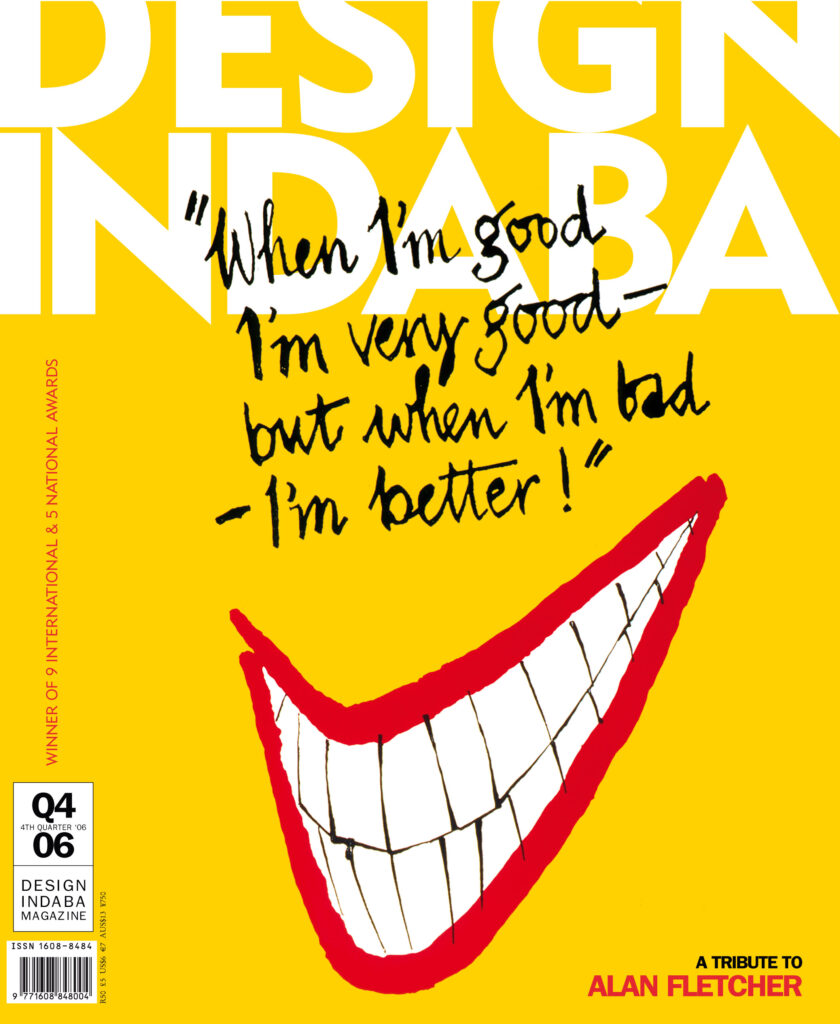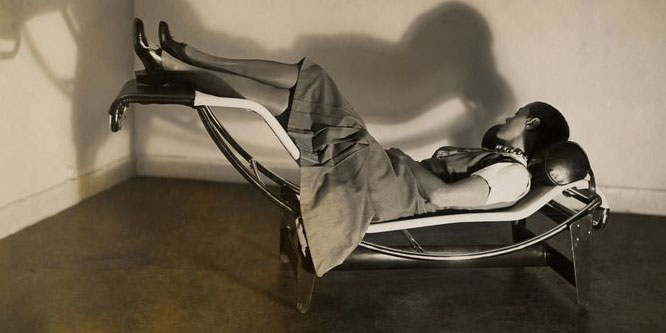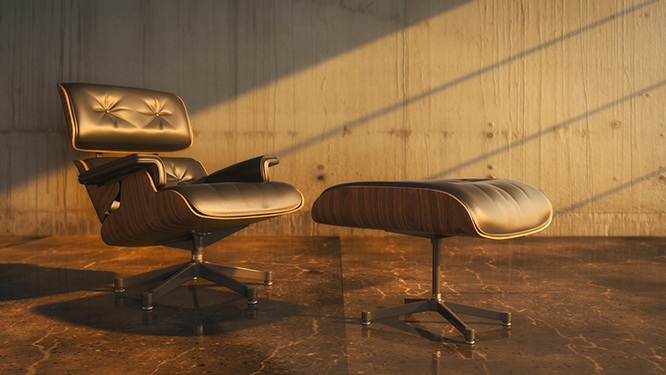Creative Case Studies: What We Can Learn from Iconic Designers
Studying the work of legendary designers is like reading a visual language of innovation, rebellion, and purpose. The world’s most iconic designers continue influencing generations through groundbreaking graphic compositions, timeless furniture, and human-centered architecture. This article explores six visionary creatives—David Carson, Alan Fletcher, Paula Scher, Alvar Aalto, Charlotte Perriand, and Charles and Ray Eames—and the core lessons behind their enduring impact.
David Carson: Embracing Intuition and Chaos
David Carson disrupted the graphic design landscape in the 1990s with his expressive, rule-breaking layouts. Best known for his work with Ray Gun magazine, Carson challenged conventional legibility and turned typography into raw emotion.
Lesson: Don’t be afraid to trust your instincts. Carson’s work proves that emotional resonance can be more potent than technical perfection. Today’s Designers can note that breaking the rules can be a bold statement as long as it serves the story.

Alan Fletcher: Simplicity as a Superpower
A co-founder of Pentagram and author of The Art of Looking Sideways, Alan Fletcher believed that design is thinking made visual. His work combined clarity, wit, and elegant minimalism, often using visual puns or playful typographic arrangements.
Lesson: Clarity doesn’t mean dull. Fletcher’s approach teaches us to solve complex ideas with simple, compelling visuals—always keeping the human viewer in mind.

Paula Scher: Typography with a Voice
Paula Scher, a partner at Pentagram and a defining figure in contemporary graphic design, revolutionized branding and identity design with her bold typographic style. Her work for The Public Theater, Citibank, and MoMA shows how type can become identity.
Lesson: Typography is not just form—it’s personality. Scher’s confidence in using type as visual language empowers designers to express tone, mood, and meaning through every letter.

Alvar Aalto: Human-Centered Modernism
Finnish architect and designer Alvar Aalto brought warmth and empathy to modernism. His passion for organic forms, like the Savoy Vase and bentwood furniture, balances functionality with poetic shape and human comfort.
Lesson: Design with the body in mind. Aalto’s legacy lies in reminding us that great design should serve people—not just aesthetics or trends. It’s a call to blend utility with beauty.

Charlotte Perriand: A Fusion of Function and Freedom
Often overshadowed by her male contemporaries, Charlotte Perriand was a force in 20th-century design. Her collaborations with Le Corbusier and her independent projects redefined how spaces could be flexible, modern, and deeply personal.
Lesson: Fight for inclusion and innovation. Perriand’s work tells a story of persistence, adaptability, and rethinking form to suit changing lifestyles. Her modular furniture and open layouts are still relevant in today’s adaptive design world.

Charles Eames: Design for Living
Alongside his wife Ray, Charles Eames built a legacy across furniture, film, architecture, and exhibition design. The iconic Eames Chair symbolizes their philosophy: make the best for the most for the least.
Lesson: Interdisciplinary curiosity breeds innovation. The Eameses remind us that we can cross boundaries between creative fields. True innovation often comes from collaboration and playful experimentation.

–
Learn from the Masters, Create Your Language
These iconic designers broke new ground, not by mimicking trends but by developing deeply personal and purpose-driven styles. Whether you’re working with type, space, or form, their stories are a masterclass in creative courage. Let their principles guide your visual journey—but always carve out your voice in the process.











